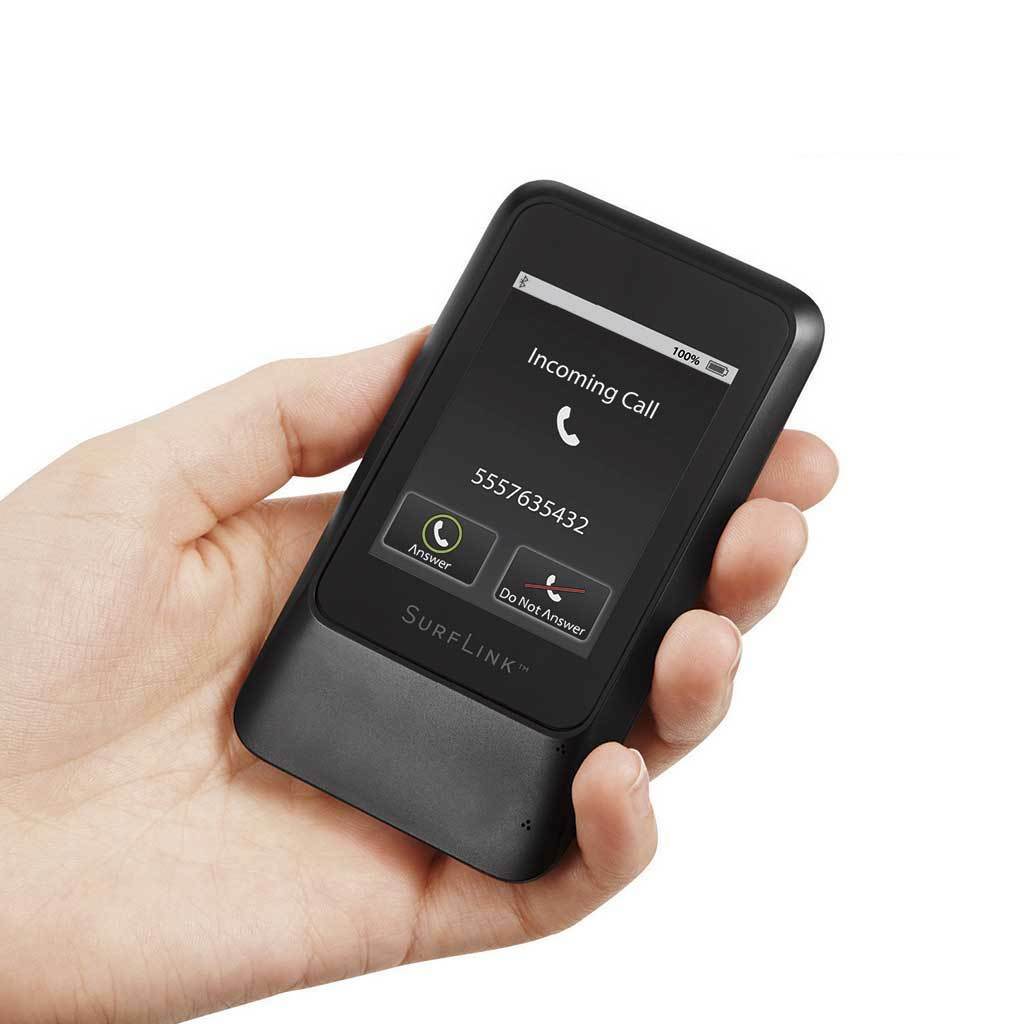

These findings suggest that people with hearing impairments might have different musical tastes when it comes to mixing.

Surprisingly, they found that wearing HAs reduced the preference for louder vocals and changed the balance of frequencies in the music. They compared their preferences when wearing HAs and when not wearing them. Imagine being at a concert and wanting the singer’s voice to stand out even more-that’s what they liked! Experiment 2: The HA Twistįor the second experiment, they focused on the HI listeners who wore hearing aids. They found that both HI groups preferred the lead vocals to be louder than NH participants did. Some versions had louder vocals, some had more balanced frequencies, and some had a unique EQ (equalization) transformation. In the first experiment, they played different versions of songs to these music enthusiasts. Experiment 1: A Peek into Hearing Loss and Music Mixing Preferences The goal? To find out how these different groups preferred their music mixes. Some of the HI folks wore hearing aids (HAs), while others didn’t. The researchers gathered two groups of music lovers: those with normal hearing (NH) and those with hearing impairments (HI). But here’s the twist: People with hearing impairments might experience music differently, and that’s where the experiment comes in. In the music world, mixing involves tweaking things like vocal levels, instrument balance, and even the frequency balance (how bright or deep the music sounds). You have various ingredients (tracks) that need to be combined just right to make a delicious dish (song). But did you know that people with hearing impairments might have different preferences when it comes to mixing? That’s what this study aimed to uncover. That’s called mixing, and it’s crucial for making songs sound good. Imagine you’re at a concert, and the sound engineer is adjusting the levels of vocals and instruments to create the perfect blend of music. The Groovy Experiment: Mixing Music for Different Ears The study titled “Exploring level- and spectrum-based music mixing transforms for hearing-impaired listeners” by Joseph Benjamin and Kia Siedenburg explored the paradigms of music mixing preferences for those with and without hearing loss. Extra household devices include telephone, smoke alarm and doorbell amplifiers, to assist the hearing-impaired individual and ensure safety in their home.Have you ever wondered how music mixing affects our perception of songs? Well, a recent study dived into the world of mixing preferences, and the results are quite intriguing. ALDs can help you overcome these listening difficulties.ĪLDs include Frequency Modulator (FM) systems, induction loops and one-to-one directional and omnidirectional microphones. More often than not, they occur together and have a debilitating effect on hearing and processing speech. The result of excess reverberation is distorted speech.Īny one of these conditions (distance, noise, or reverberation) can create listening problems. This creates sound reflections and echoes, called ‘reverberation’ (consider how churches, large gyms, community halls, and some classrooms can be more difficult to hear). Sound waves bounce off hard surfaces like windows, walls and hard floors. If there are poor room acoustics with reverberation, sometimes in a community hallĪ room’s acoustics represent the quality of sound maintained in the room, and they can affect your ability to hear effectively. This is called the signal-to-noise ratio, or S/N ratio. Speech should be at least 20–25 decibels (dB) louder than any competing noise for optimum hearing. Examples of background noise include ventilation systems, others talking, paper shuffling, computers, radios, TVs, outside traffic or construction and activities in adjacent rooms.īackground noise can make hearing very challenging. Most rooms have background noise that competes with the spoken message or sound we want to hear. If you are in a listening environment with competing noise in the background, like a restaurant You may have no difficulty hearing with someone in close range however, you may have considerable difficulty hearing the same person across a large room. The intensity, or loudness, of a sound, fades rapidly as it travels over distance. The farther away you are from a speaker, the harder it is to hear them.

If there is a distance between the listener and the sound source in a classroom environment


 0 kommentar(er)
0 kommentar(er)
